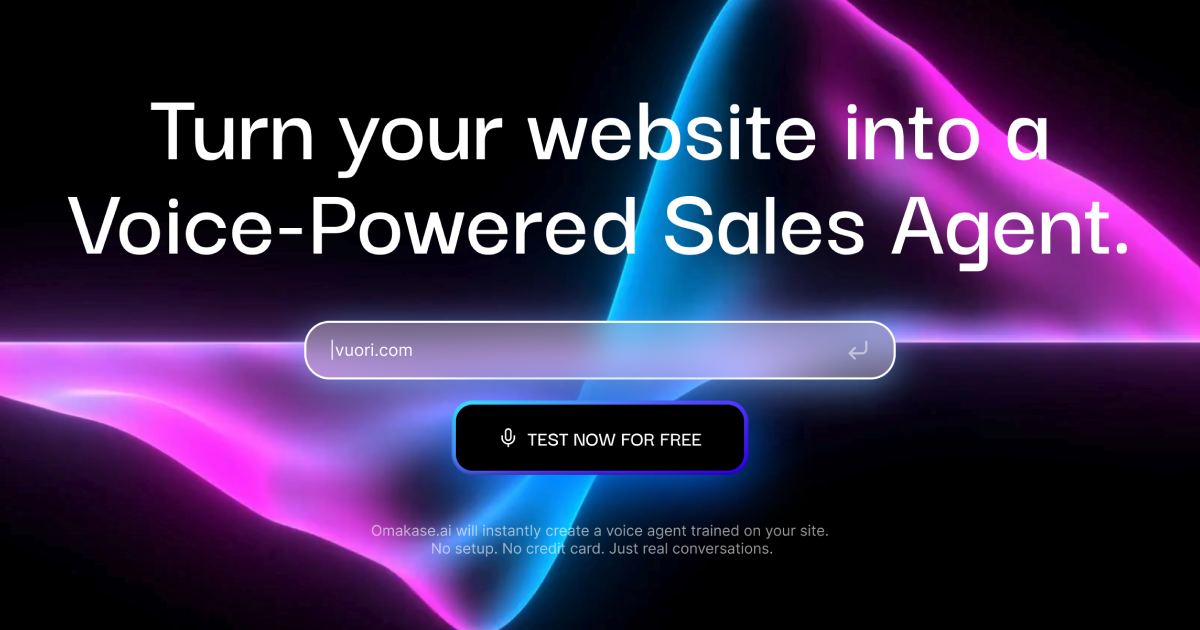Engaging customers quickly and efficiently is crucial for eCommerce brands, but traditional Meta (Facebook and Instagram) ads often involve multiple touch points, roughly 6 to 8 touches, driving up ad spend and creating a fragmented customer experience.
The key is to create a strategy that can reduce customer touch points.
One way to reduce those touch points is to facilitate real-time conversations through messaging apps.
This interactive approach not only enhances conversion rates but also leads to significant cost savings.
From reducing costs to boosting sales efficiency, here’s how social chat commerce can outperform traditional Meta ads by streamlining the customer journey and minimizing eCommerce touch points.
Reducing customer touch points
Reducing customer touch points in eCommerce through social chat commerce can lead to noticeable improvements in your bottom line. By reducing friction in the customer journey, brands are able to guide buyers from discovery to purchase with fewer steps and more personalized interactions.
Here’s a closer look at how reducing touch points through social chat commerce works:
- Initial Engagement: This is when a customer clicks on a social media ad, a post, or a CTA that leads them to a chat. The chatbot greets them and provides options (product inquiry, customer service, etc.).
- Conversation or Inquiry: The customer asks a question or selects a pre-defined query option. The chatbot responds with relevant information (e.g., product details, pricing, or recommendations).
- Consideration/Decision: The customer may want more information, which could lead to additional touch points where the chatbot provides answers, product comparisons, or demo links.
- Purchase: The chatbot guides the customer through the checkout process, sometimes offering recommendations or discounts to nudge the decision.
- Post-Purchase Follow-Up: After the purchase, the chatbot can re-engage the customer with order updates, feedback requests, or cross-sell/up-sell options.
How to minimize customer touch points
1. Improved Conversion Rates = Lower Customer Acquisition Costs
Traditional Meta ads often drive traffic to landing pages, which can result in high bounce rates and low conversion rates due to long load times, mismatches in messaging, or the need for multiple interactions before purchase. By using social chat commerce (e.g., CTX ads that drive customers directly to a chatbot):
- Faster conversions: Fewer steps and instant, personalized responses increase the likelihood of converting customers earlier in their journey, reducing the total number of ads needed to achieve a sale.
- Cost savings: If a brand sees, for example, a 10% increase in conversion rates by using social chat commerce instead of traditional landing pages, that means fewer impressions or clicks are needed to drive the same number of sales.
Estimated savings: A 10-20% reduction in Customer Acquisition Cost (CAC) is achievable, especially in industries where CAC is high (e.g., $30 to $50 per customer). So, a brand could save $3 to $10 per sale by converting more efficiently through chat commerce.
2. Reduced Ad Spend = Less Reliance on Retargeting
Traditional ad models often require several retargeting ads to nudge customers who drop off before completing a purchase. With fewer touch points needed in social chat commerce, brands can reduce the need for these additional ad campaigns.
- Fewer retargeting ads: Since chatbots engage customers in real-time and capture leads earlier in the funnel (e.g., through quizzes or product recommendations), there’s less drop-off and a reduced need for costly retargeting.
- Lower spend on remarketing: A strong chatbot experience can act as an automated retargeting solution through push notifications or follow-up chat messages without paying for another ad click.
Estimated savings: If a brand spends $10,000 monthly on Meta retargeting, reducing the need for such campaigns by even 20% through more efficient chatbot interactions could save $2,000 per month.
3. Optimized Ad Performance = Lower Cost Per Click (CPC)
Meta ad costs are influenced by ad engagement. Social chat commerce strategies that immediately engage users in conversations (without needing to navigate a landing page) often lead to higher engagement rates, thus improving relevance scores and reducing CPC.
- Higher engagement: A seamless, interactive experience in social messaging apps typically results in higher click-through rates (CTR), improving the performance of ads and lowering overall costs per click.
- Lower CPC: With more people interacting with chat ads and fewer drop-offs, the overall cost of driving users to engage with the brand decreases.
Estimated savings: Brands could see a 5-10% reduction in CPC. For example, if a brand has an average CPC of $1.50, this could drop to $1.35 or lower, depending on how much engagement the chatbot drives.
4. Reduced Cart Abandonment = More Revenue from the Same Ad Spend
One of the key benefits of chat commerce is the ability to re-engage customers in real-time. Instead of losing potential buyers after they abandon their cart, chatbots can automatically follow up via messaging apps to recover the sale.
- Less abandoned revenue: With fewer touch points and instant re-engagement tools like push notifications, brands can recover more abandoned carts. This leads to higher revenue from the same amount of ad spend.
Estimated savings: If a brand typically loses 70% of carts and can recover just 10% more carts via chat commerce, that could result in thousands of dollars in recaptured revenue.
Overall cost savings for an eCommerce brand
Taking into account improved conversion rates, reduced retargeting needs, lower CPC, and higher recovered revenue, an eCommerce brand could potentially save anywhere from 15% to 30% on their overall Meta ad spend by incorporating social chat commerce strategies. If a brand spends $50,000 monthly on Meta ads, this could equate to $7,500 to $15,000 in savings each month, while increasing sales efficiency.
Overall Cost savings for eCommerce brands
With all these factors in play—improved conversion rates, reduced retargeting, lower CPC, and higher cart recovery—an eCommerce brand can save 15-30% on their overall Meta ad spend by incorporating social chat commerce. For a brand spending $50,000 monthly, that could mean savings of $7,500 to $15,000 each month, all while improving customer experiences and increasing sales efficiency.
Bottom line
The future of eCommerce lies in making the customer journey more efficient, personalized, and cost-effective. Social chat commerce offers a direct line to customers, reducing the friction and touch points found in traditional ad models.
By pivoting to a strategy that focuses on real-time interactions, brands can see significant savings in ad spend while driving higher conversions and recapturing lost sales. If you’re looking to lower your ad costs while delivering a better customer experience, it’s time to explore the power of social chat commerce.
Discover how ZEALS can help your brand make the switch and start saving today. Get in touch.











